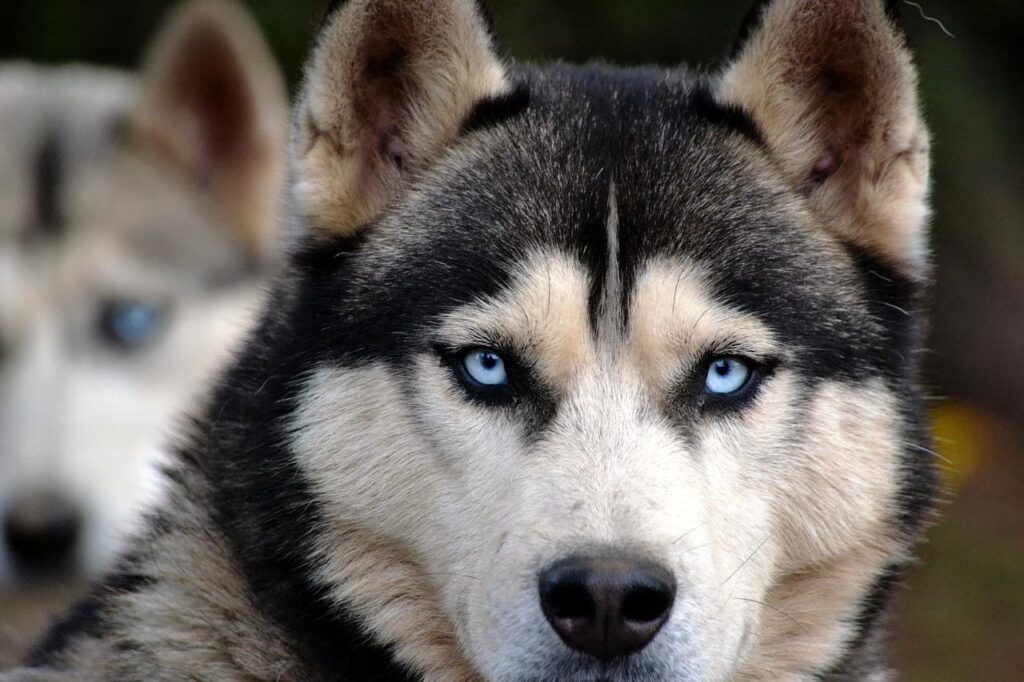Dogs love to sniff each other’s butts. It provides a wealth of information, not least to confirm the other dog’s identity.
Every dog has an anal gland that generates a unique scent that tells other dogs everything about them (including where they’ve been and what they’ve been eating).
But unfortunately it can come with an added, unwelcome bonus: canine transmissible venereal tumour (CTVT).
Some breeds of dogs are more prone to cancer than others (such as bulldogs) but CTVT is an infectious as living cancer cells and they physically transplant themselves from the tissue of one animal onto another. In the case of dogs, this can occur during mating or when a dog sticks their snout and tongue into the groin of another.
Interestingly, it seems to affect the nose and mouth of male dogs 4-5 times more frequently than females. A recent study reviewed around 2,000 cases of CTVT in dogs from around the globe to try and work out why.
The researchers believe that male dogs may have a preference for sniffing or licking the female genitalia compared to females. The female genital tumours may also be more accessible for sniffing and licking compared to male genital tumours.
CTVT is uncommon in countries like Australia, and is mostly found in free-roaming dogs. It is easily treated if caught early, but most vets wouldn’t know how to spot something they’ve never seen.
The oldest known cancer lineage

Although CTVT is a cancer, it is quite remarkable.
Not only is it an infection that causes cancer (like Tasmanian Devil facial tumour disease), but genetic sequencing of the tumour has shown it to be the longest known living cell lineage in existence.
It originated in one dog (which resembled an Alaskan Malamute or Husky and had short, dark fur) and was passed on during mating around 11,000 years ago.
That cell lineage has persisted and the genome has picked up about two million mutations; the majority of human cancers have between 1,000-5,000.
Sources: Sniffing Butts Can Put Male Dogs At Four Times Risk Of Certain Cancers and Oldest living cancer genome has been sequenced.
I talked about this with Danny Hoyland on West Bremer Radio on 9 July 2022. Listen live each week: Saturday 7.40 am, West Bremer Radio.

